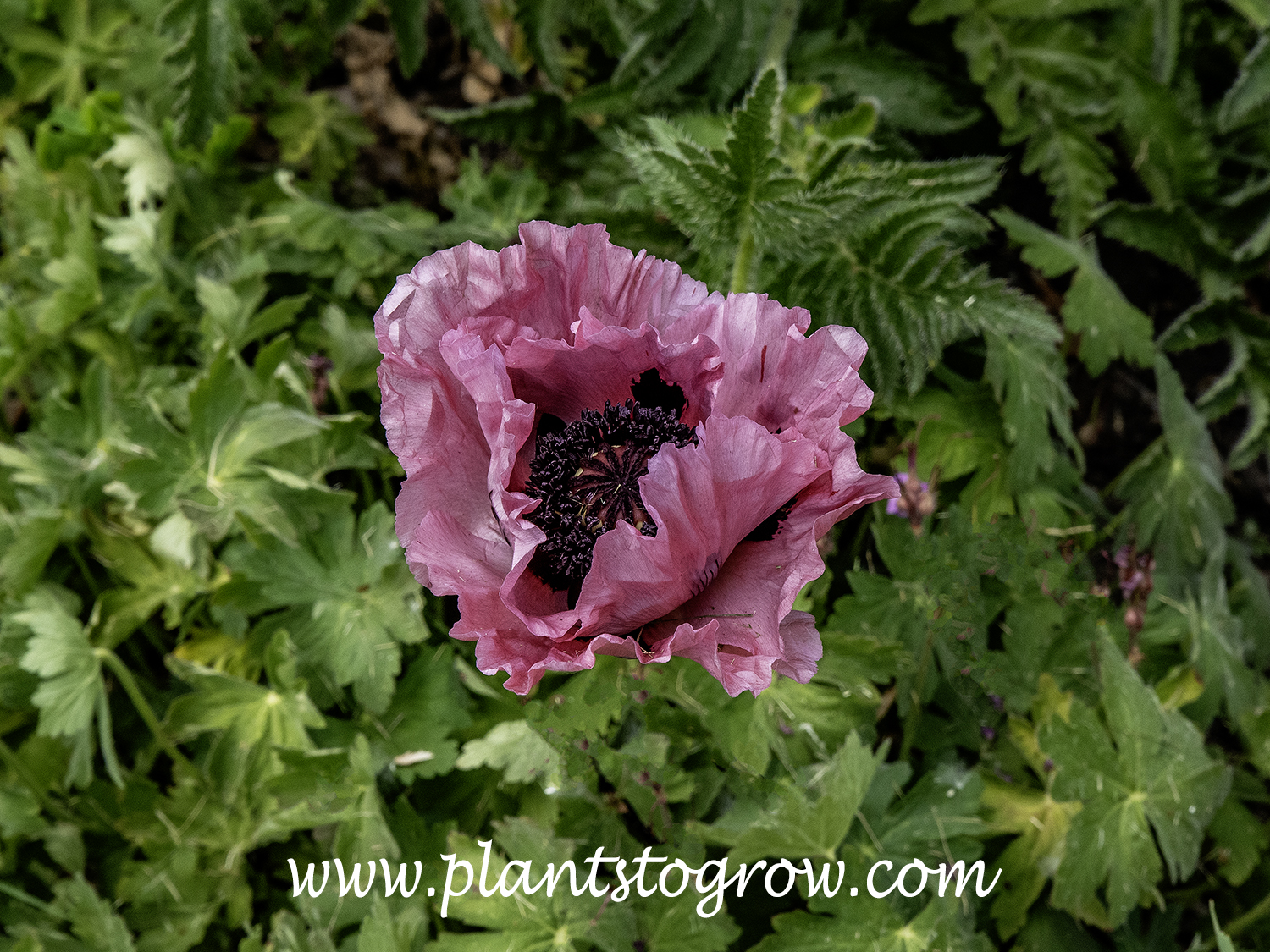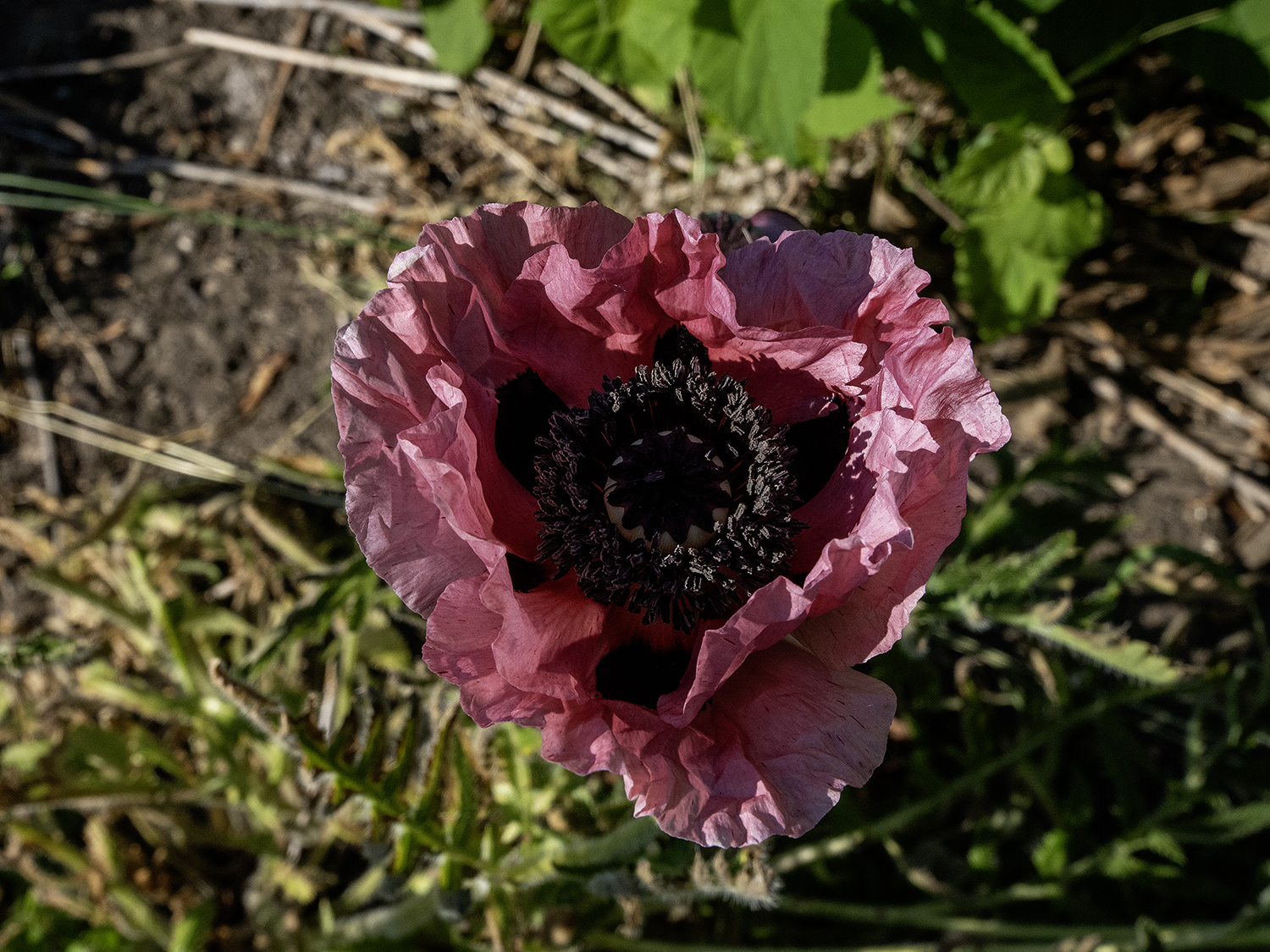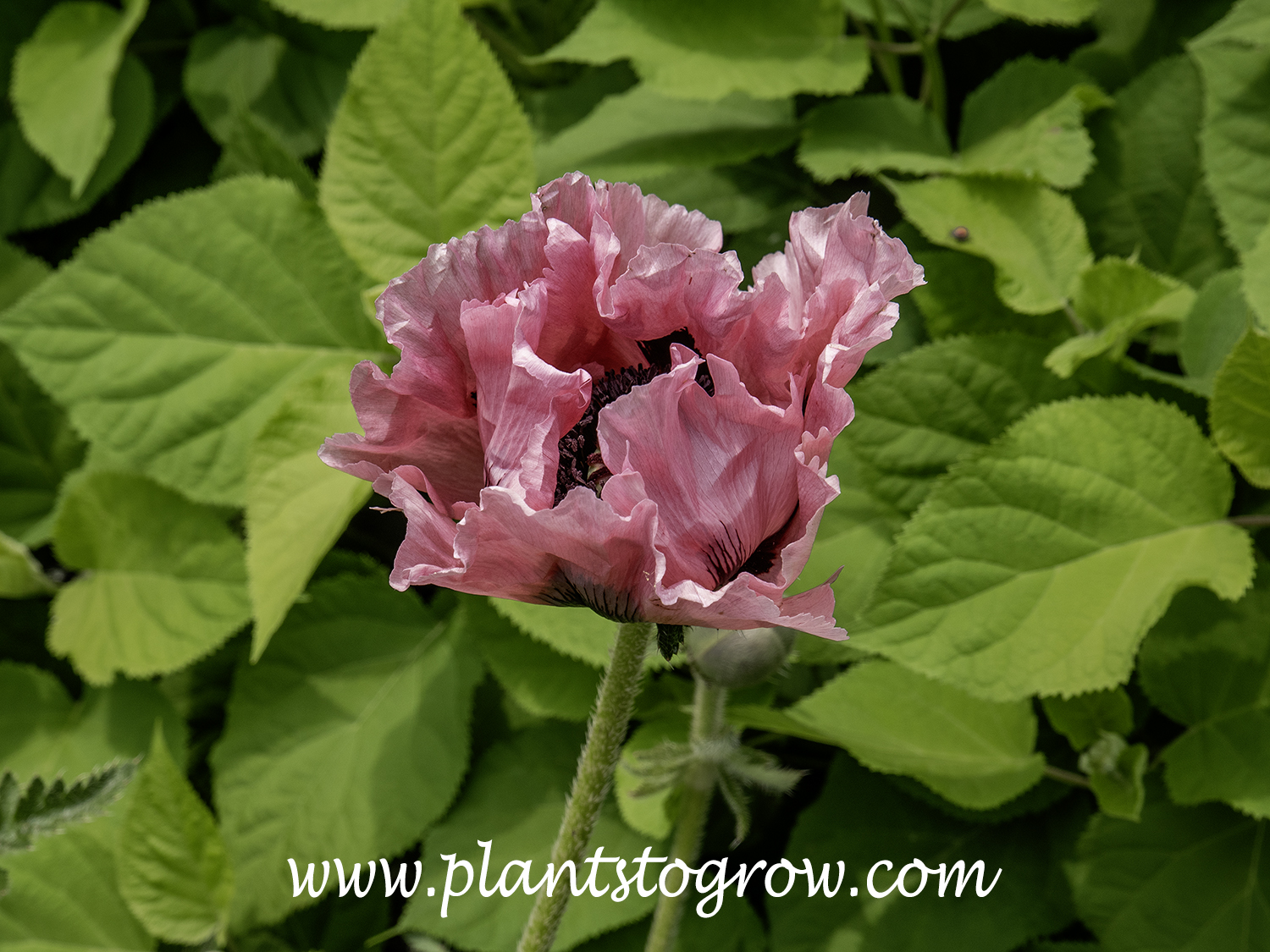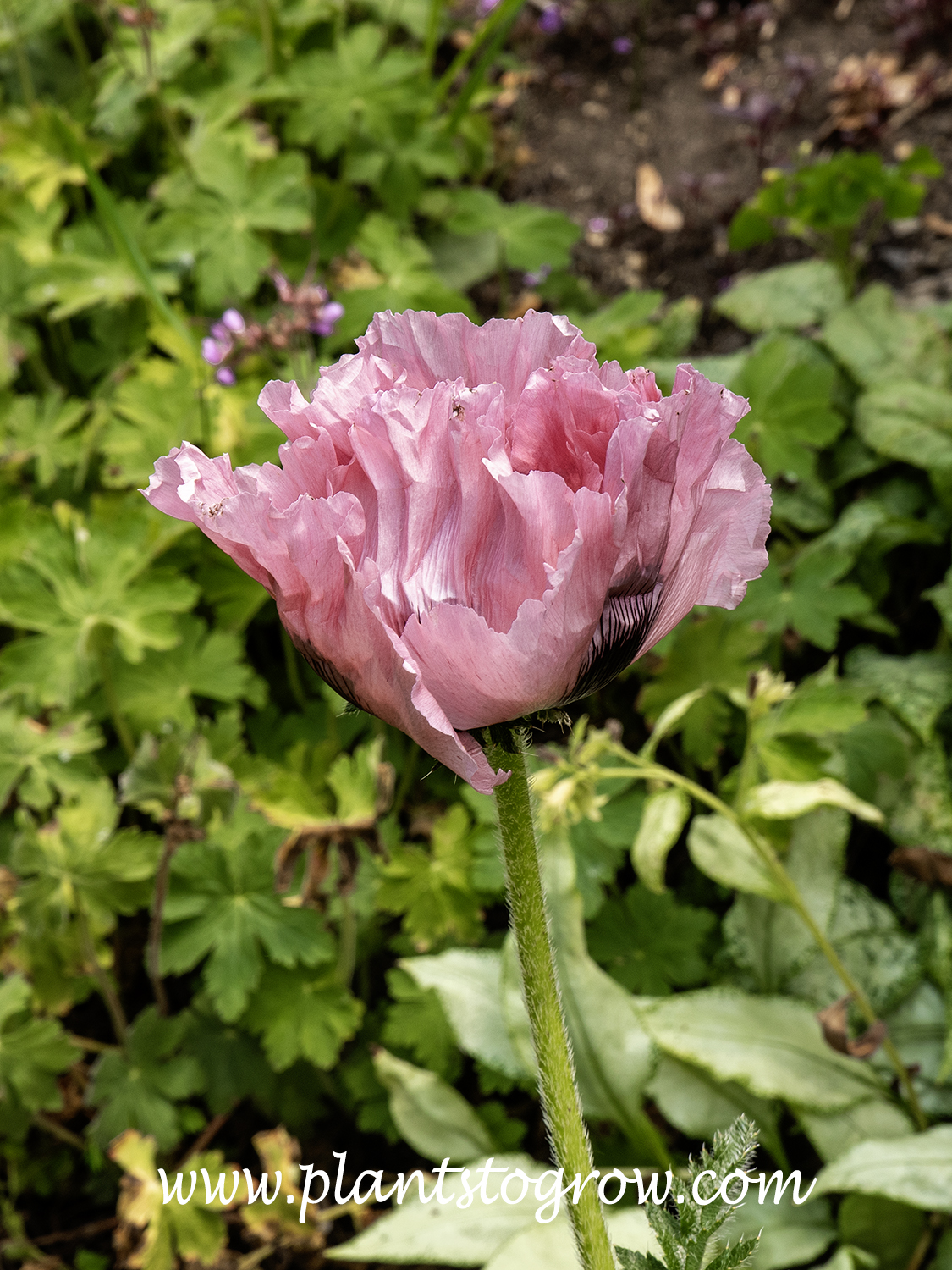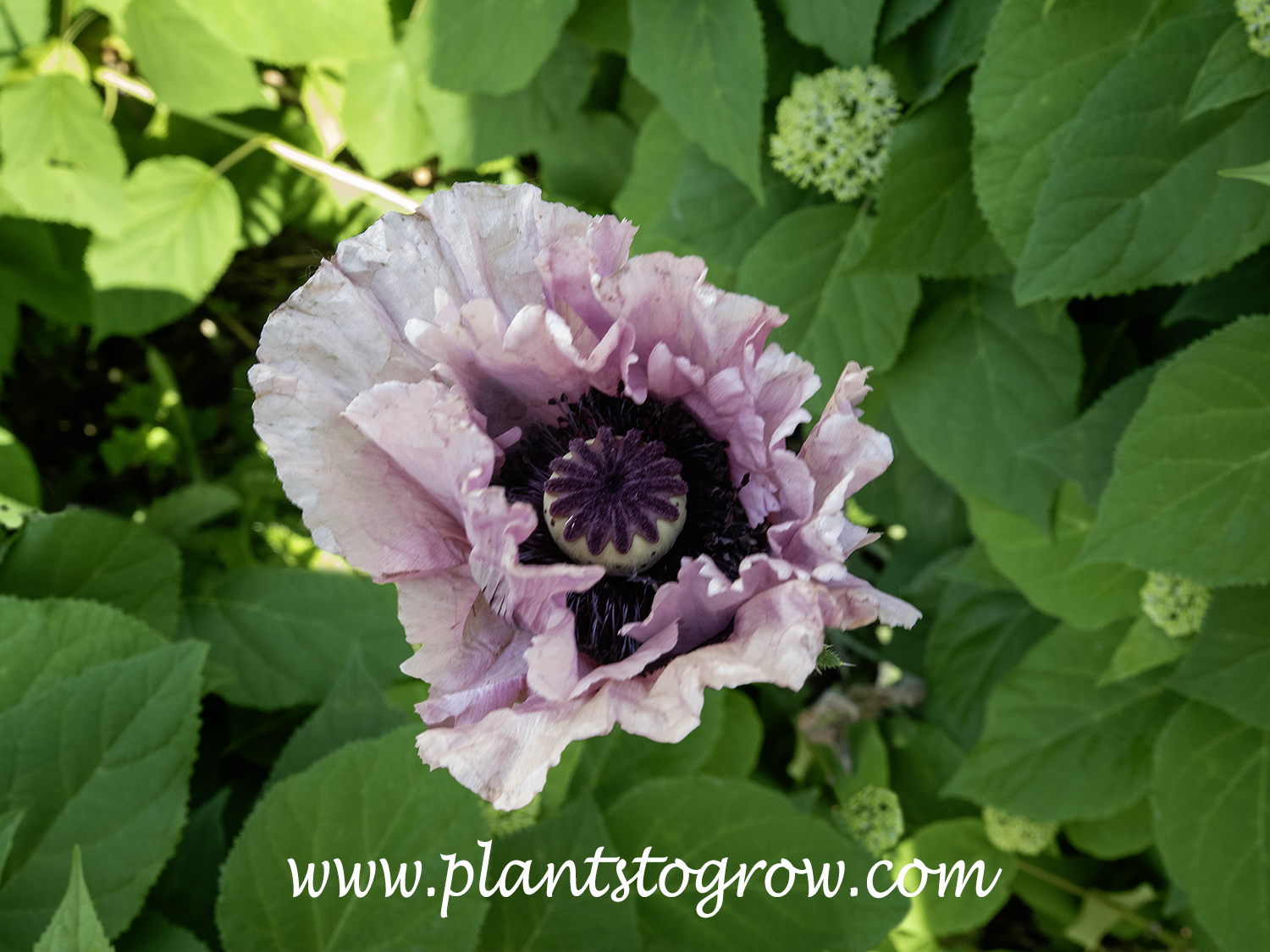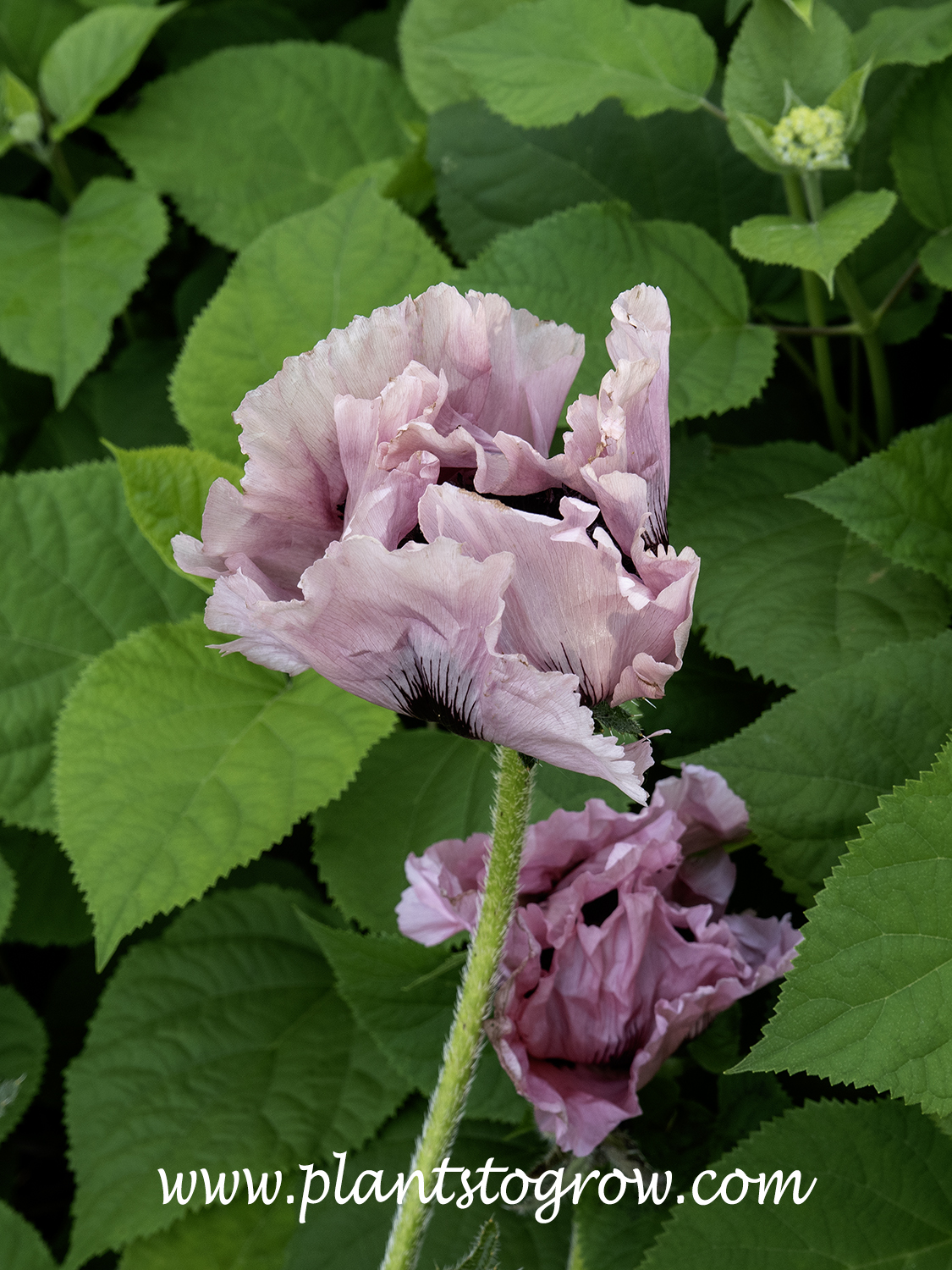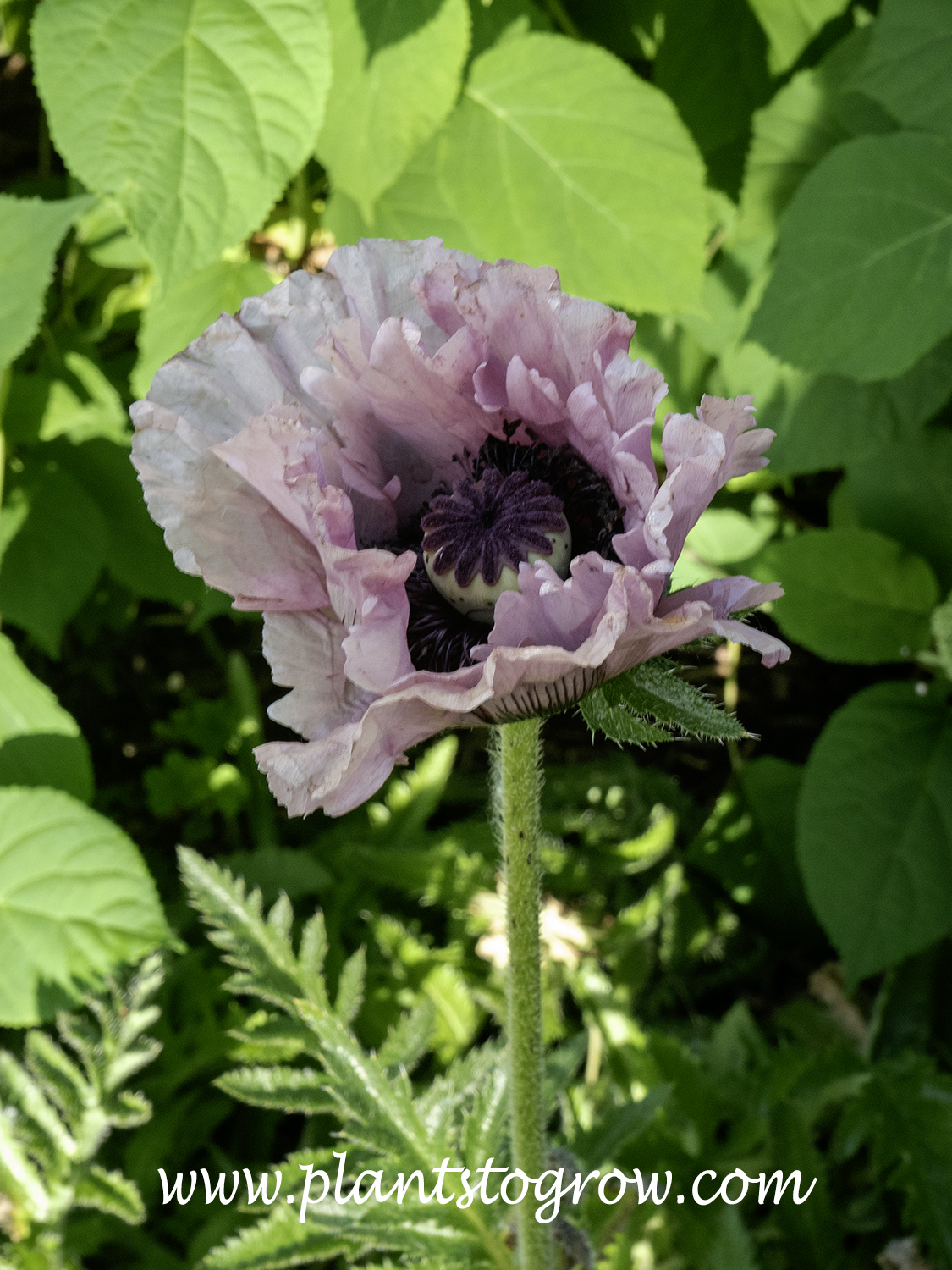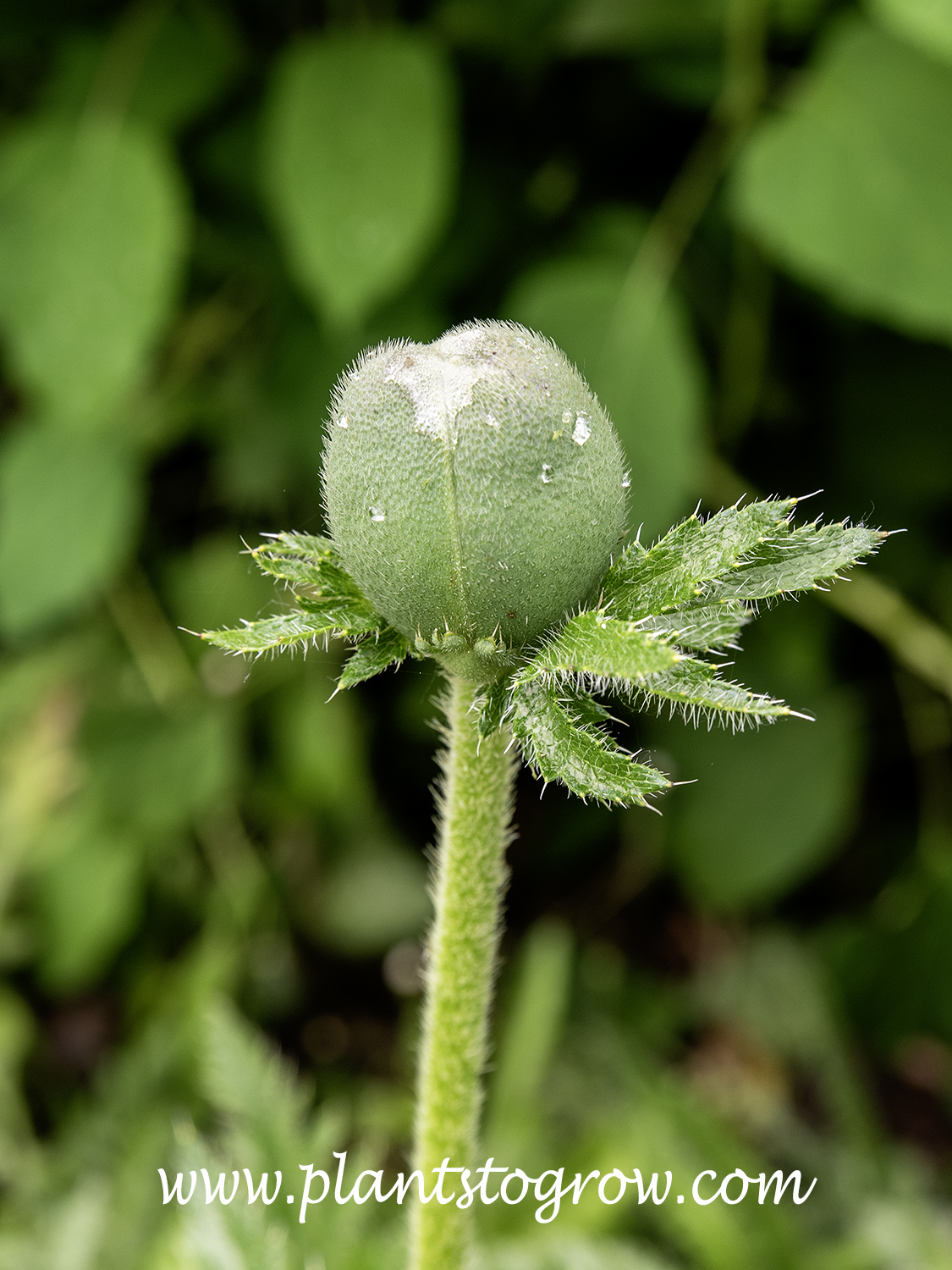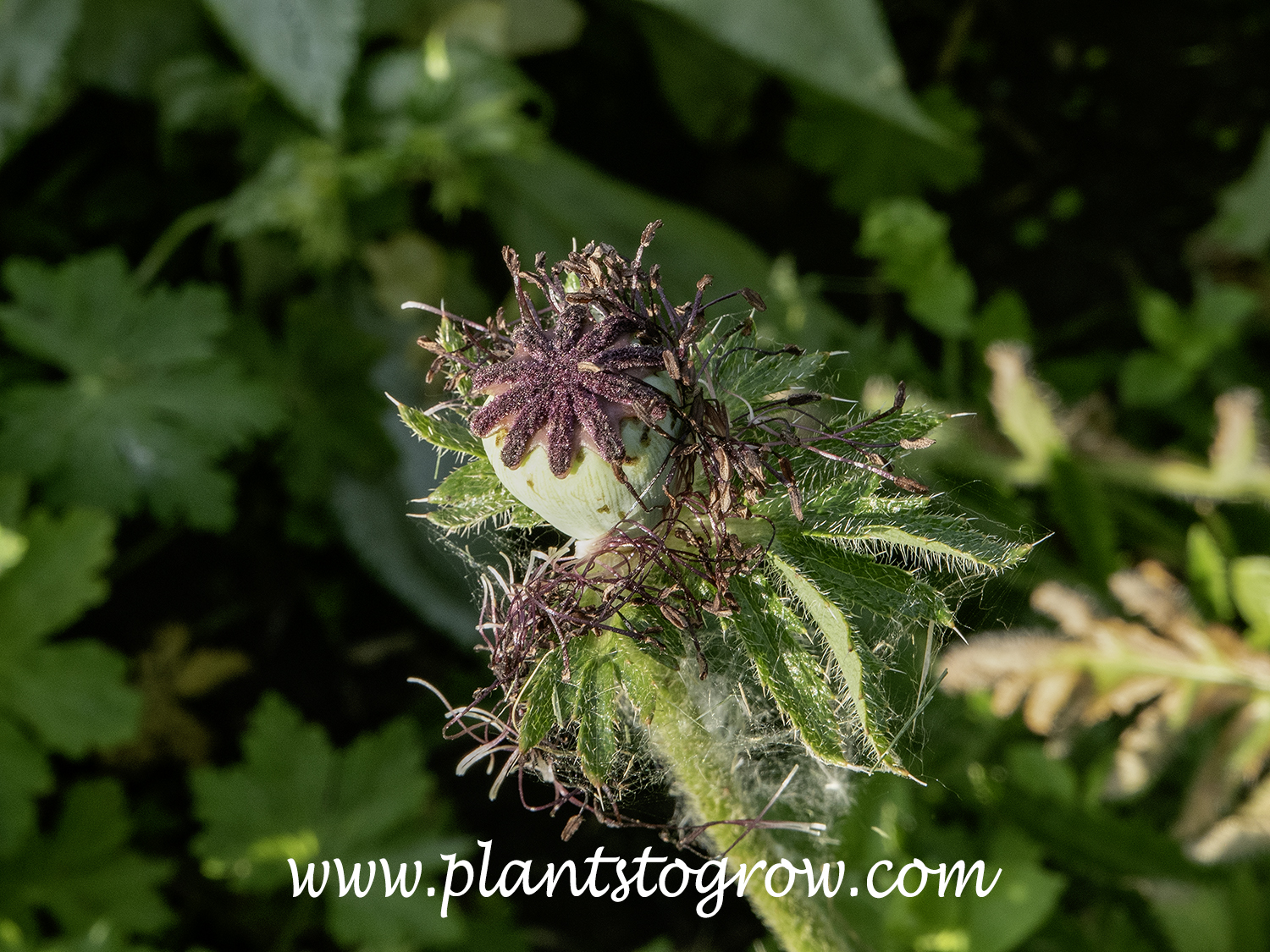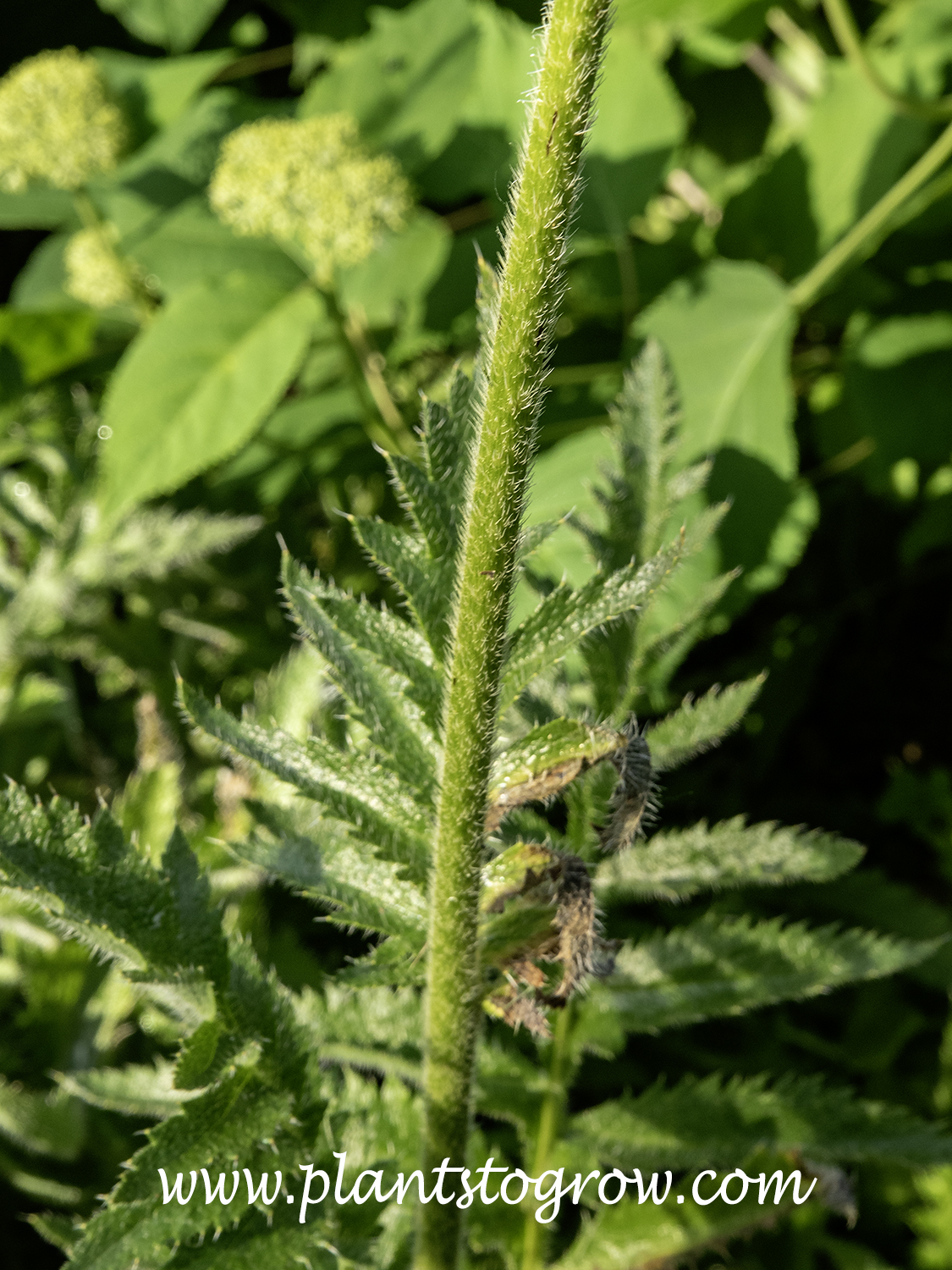| Description | 'Patty's Plum' Oriental Poppy (Papaver orientalis) boasts petals with a crepe-like texture in different tones of plum. It's worth noting that the color of the flowers may vary depending on weather conditions and age. |
|---|---|
| Pronunciation | (pa-PA-ver) |
| Plant Type | All Plants, Perennials Hardy, Site author's observations |
| Hardiness Zone | 3-6(7) |
| Sunlight | full, mostly sunny |
| Moisture | average, moist |
| Soil & Site | average, must be well drained |
| Temperature | grows best in cooler temperatures |
| Flowers | These flowers have a crepe paper-like texture and come in various colors, from light to rich reddish plums and mahogany. They measure four inches wide, and the color may vary depending on the temperature and age of the flower. If the temperature is too high, the flower may quickly shatter. They are borne on the apex of a long bristly scape. |
| Fruit | seed pod, dried pods can be used in arrangements |
| Leaves | thistle-like, silvery gray-green, largest found at the base, forms a basal rosette |
| Roots | taproot |
| Dimensions | 24-plus inches tall |
| Maintenance | It is recommended to plant during early fall for optimal growth, although planting in the spring is also acceptable. However, spring plants may not grow as strongly until the following fall or spring. Placing additional plants around the Poppy is important to cover any spaces left after it goes dormant. |
| Propagation | comes true from seeds, division in the fall, root cuttings |
| Native Site | Species are native to northeastern Turkey and Iran. |
| Cultivar Origin | "It was developed in England by Patricia Marrow of Somerset. The first was found as a volunteer in the compost heap at her Kingsdon Somerton Nursery. When saved to grow more like it, news of the sensational new color variety spread rapidly worldwide." (#162) |
| Misc Facts | Once the plant has bloomed, it will become dormant, and its foliage will die back. It will then reappear in the fall. |
| Author's Notes | I have grown this plant for four years (as of 2023), and if the weather is correct for this plant, the flowers are uniquely colored. But more often than not, the weather is too hot, and flower duration and richness of colors are tempered. "The flowers are like fireworks, spectacular one day gone the next." (#1) |
| Notes & Reference | #01-Manual of Woody Landscape Plants (Michael Dirr), #161-Paghat's Gardens (www.paghat.com), #171- Authors' observations and growing experiences |

Cart
